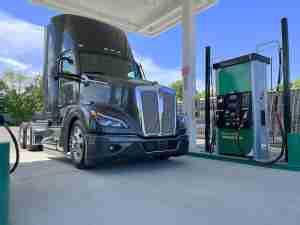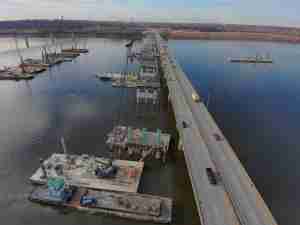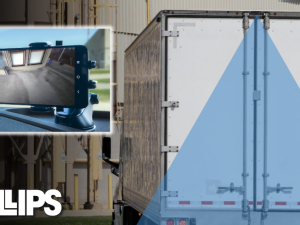Kapsch TrafficCom has been contracted by the Swiss Federal Office for Customs and Border Security (BAZG) to supply the heavy goods vehicle (HGV) road fee collection system and to manage the technical operation until at least the end of 2032.
In addition to the construction of the necessary roadside infrastructure and the implementation of the system technology based on video sensors, the contract also includes a maintenance and operating agreement for a period of eight years.
"As the winner of this project, we are making an important contribution together with BAZG to the management of road infrastructure in one of Europe's most important transit countries," comments Carolin Treichl, EVP for Europe, the Middle East and Africa at Kapsch TrafficCom.

Performance-based heavy vehicle fee
The performance-based heavy vehicle charge is a federal levy that depends on the total weight, emission level and kilometers driven in Switzerland and the Principality of Liechtenstein. It must be paid for all motor vehicles and their trailers that have a permissible total weight of more than 3.5 tons, are used for the transport of goods, are registered in Switzerland and abroad and drive on the public road network in Switzerland.
The registration system
The system is used to register the various vehicle classes and to identify their owners at precise locations and times, to ultimately ensure the correct tolling of heavy goods traffic on Swiss roads. It can also be used for other vehicle-related types of control by other executive bodies of the Swiss Confederation.
By means of stationary video sensors, vehicles are recorded at Swiss border crossings as well as inland on the high- and low-ranking road network with the place and time of passage, their license plate number as well as their vehicle type. This recording process is documented by corresponding image material. It is supplemented by mobile recording units on vehicles, which can be positioned anywhere and at any time throughout Switzerland.
Scope of delivery
The scope of supply of the complex turnkey project comprises the entire video sensor system technology for 375 lanes at 89 locations of the Swiss border crossings, furthermore 313 lanes to be equipped at 90 locations of the Swiss high- and low-ranking road network as well as the system technology for 28 mobile detection units.
The supporting structures for 74 road network locations will be completely rebuilt as part of the project. Furthermore, a computer center will be implemented at the site of the Swiss Federal Office of Information Technology as a post-processing center for scheduling the complete system technology.








